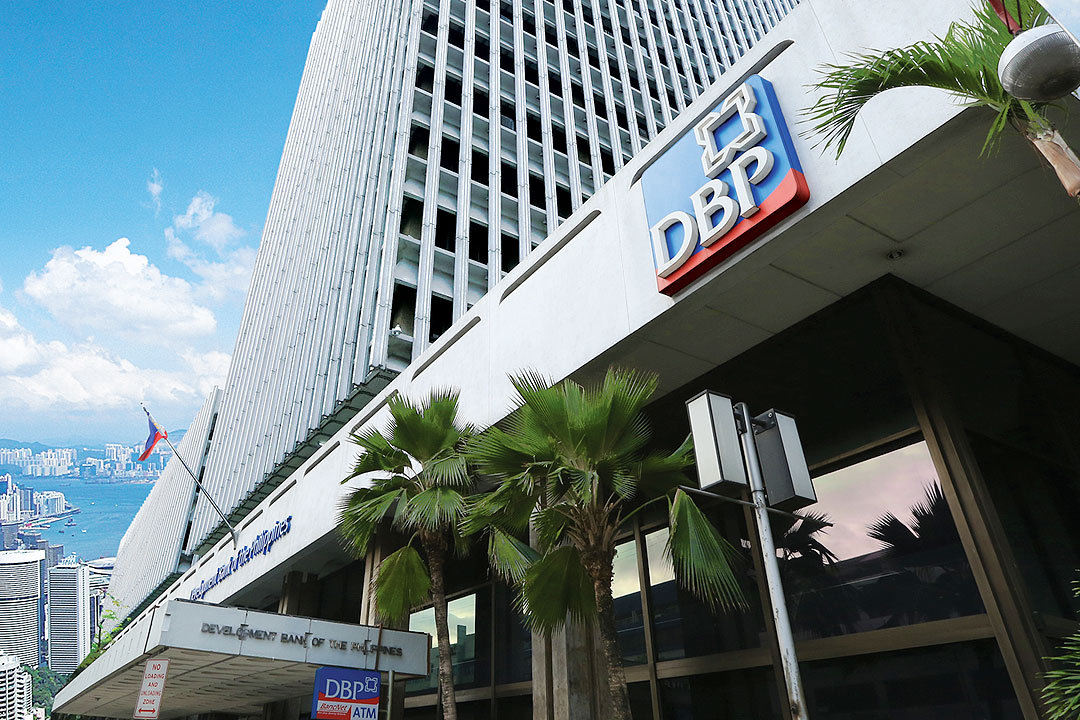LANDBANK, DBP listings seen increasing gov’t banks’ lending capacity, transparency

By Luisa Maria Jacinta C. Jocson, Reporter
POSSIBLE public listings for Land Bank of the Philippines (LANDBANK) and the Development Bank of the Philippines (DBP) will give them more flexibility in raising capital and potentially improve their lending capacity, analysts said.
“An initial public offering (IPO) of LANDBANK and DBP is worth exploring as an avenue for raising equity capital from the private sector rather than the government,” China Bank Capital Corp. Managing Director Juan Paolo E. Colet said in a Viber message.
Finance Secretary Ralph G. Recto has said that the department is working on draft bills that seek to amend the state banks’ charters. The possible changes include provisions that will allow for their public listing in an effort to “broaden the capital markets.”
COL Financial Group, Inc. Chief Equity Strategist April Lynn Lee-Tan said in a Viber message that going public will help the banks raise capital and improve their transparency.
This could also improve their lending to satisfy public shareholders seeking improvements in the banks’ returns, she added.
“Any public offering from any reputable institution would be a welcome addition to both the exchange and clients,” Regina Capital Development Corp. Head of Sales Luis A. Limlingan said in a Viber message.
This year, the Philippine Stock Exchange is expecting at least six IPOs. There are two ways to publicly list on the bourse: through an IPO or listing by way of introduction.
Rizal Commercial Banking Corp. Chief Economist Michael L. Ricafort said that the biggest banks in the country are already listed or partly owned by the investing public.
“That would also give greater flexibility and versatility to raise funds from investors,” he said in a Viber message.
Mr. Colet said LANDBANK and DBP must be prepared to make the transition to going public.
“The key challenge is how to get these banks ready to become publicly listed companies that can provide attractive returns to their investors,” he said.
“This not only requires a change in their charters, but, equally important, a change in their mindset and processes to align with best practices in the banking industry and the expectations of sophisticated institutional investors.”
Ateneo de Manila economics professor Leonardo A. Lanzona warned that any changes to the banks’ charters must not risk their financial stability.
“While there is no clear and urgent need to change the charters of LANDBANK and DBP, it is crucial for these banks to maintain their capital position and not be waylaid by politically motivated policies like the Maharlika fund,” he said in an e-mail.
“As such, their charters should reflect the need to maintain and not compromise their financial strength. This means that an assessment of the banks’ strength should first be completed before any contribution to the National Government is made,” he added.
Mr. Lanzona noted the banks’ earlier request for regulatory relief after their Maharlika contributions, which he takes to be a sign of “financial weakness.”
Analysts have warned that the contributions of the state-owned banks to the sovereign wealth fund will impact their capital adequacy metrics.
LANDBANK and DBP are required by law to contribute P50 billion and P25 billion, respectively, to the Maharlika Investment Fund’s initial capital.
Mr. Lanzona said that the charter amendments must include provisions to meet capital adequacy ratio benchmarks set by the central bank.
Earlier, Mr. Recto confirmed that the government is no longer pursuing the planned merger of the LANDBANK and DBP due to their varying mandates. He also said it would be better if the government had two depository banks.
President Ferdinand R. Marcos, Jr. last year ordered the merger of the two lenders. Under the proposal, LANDBANK would remain the surviving entity and become the sole authorized government depository bank.
LANDBANK is the official depository bank of the National Government. It is also tasked to promote countryside development and spur credit activity and financial inclusivity for rural folks and communities.
Meanwhile, the DBP, apart from its development functions, is permitted to operate as a thrift bank. It caters to the medium- and long-term needs of agricultural and industrial enterprises with emphasis on small- and medium-scale companies.
LANDBANK assets rose 4.2% to P3.3 trillion last year.
The central bank reported that the DBP’s assets stood at P978.5 billion as of the end of the third quarter.



